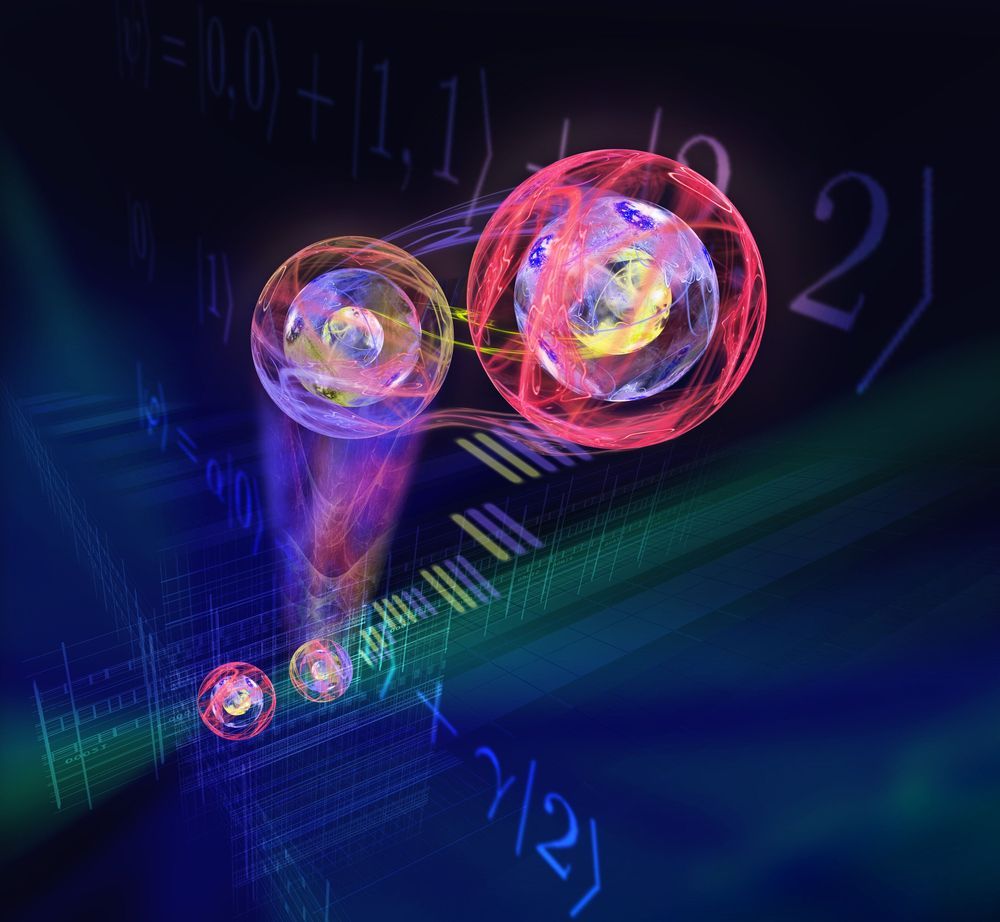
The ability to securely transmit information over the internet is extremely important, but most of the time, eavesdroppers can still generally determine who the sender and receiver are. In some highly confidential situations, it is important that the sender’s and receiver’s identities remain anonymous.
Over the past couple of decades, researchers have been developing protocols for anonymously transmitting messages over classical networks, but similar protocols for quantum networks are still in much earlier stages of development. The anonymity methods that have been proposed for quantum networks so far face challenges such as implementation difficulties or require that strong assumptions be made about the resources, making them impractical for use in the real world.
In a new paper, Anupama Unnikrishnan, Ian MacFarlane, Richard Yi, Eleni Diamanti, Damian Markham, and Iordanis Kerenidis, from the University of Oxford, MIT, Sorbonne University, the University of Paris and CNRS, have proposed the first practical protocol for anonymous communication in quantum networks.


















